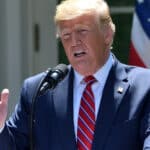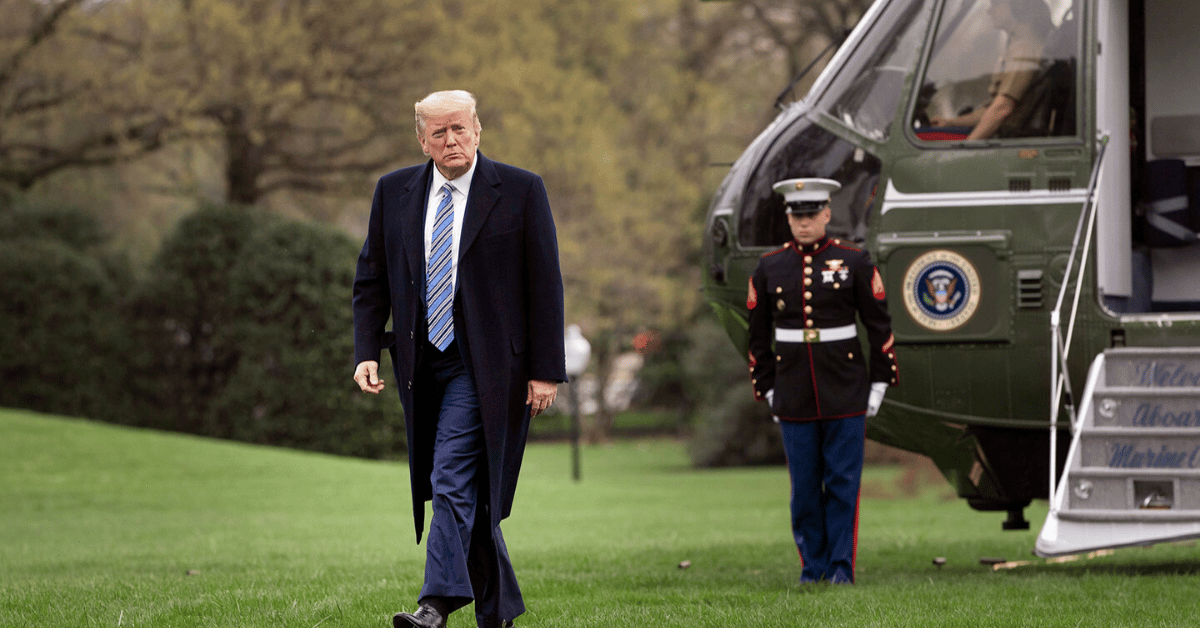
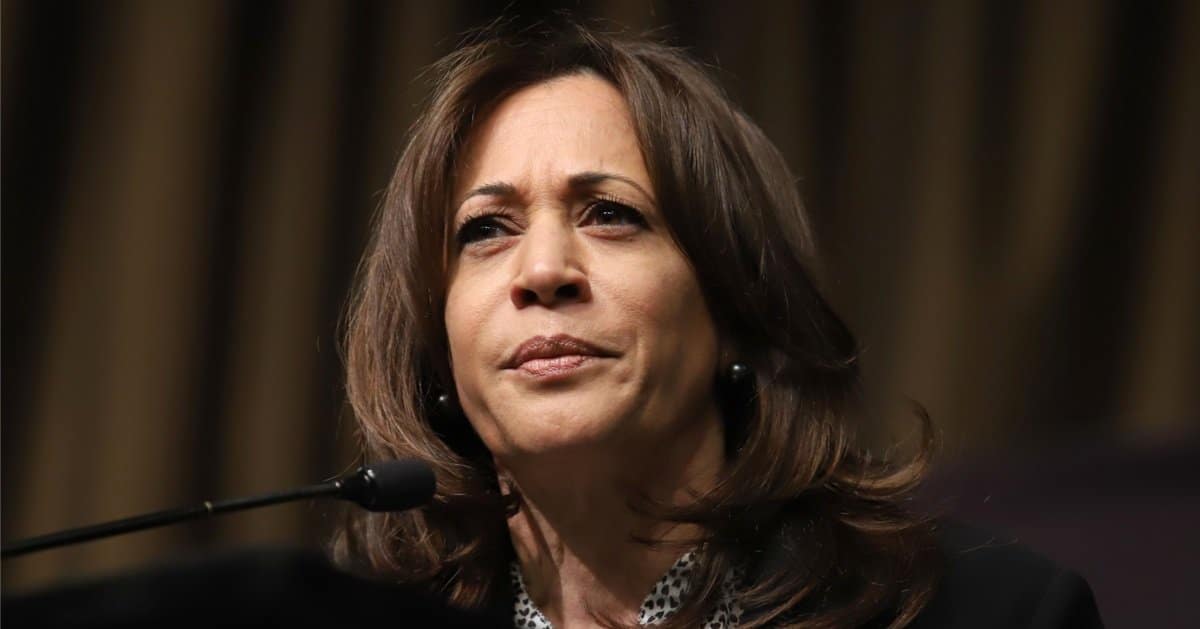
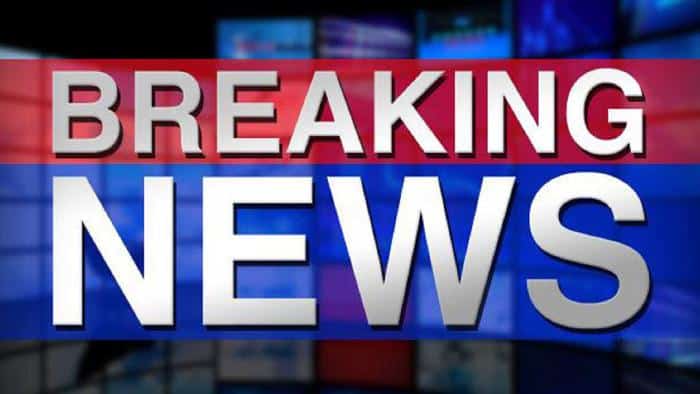
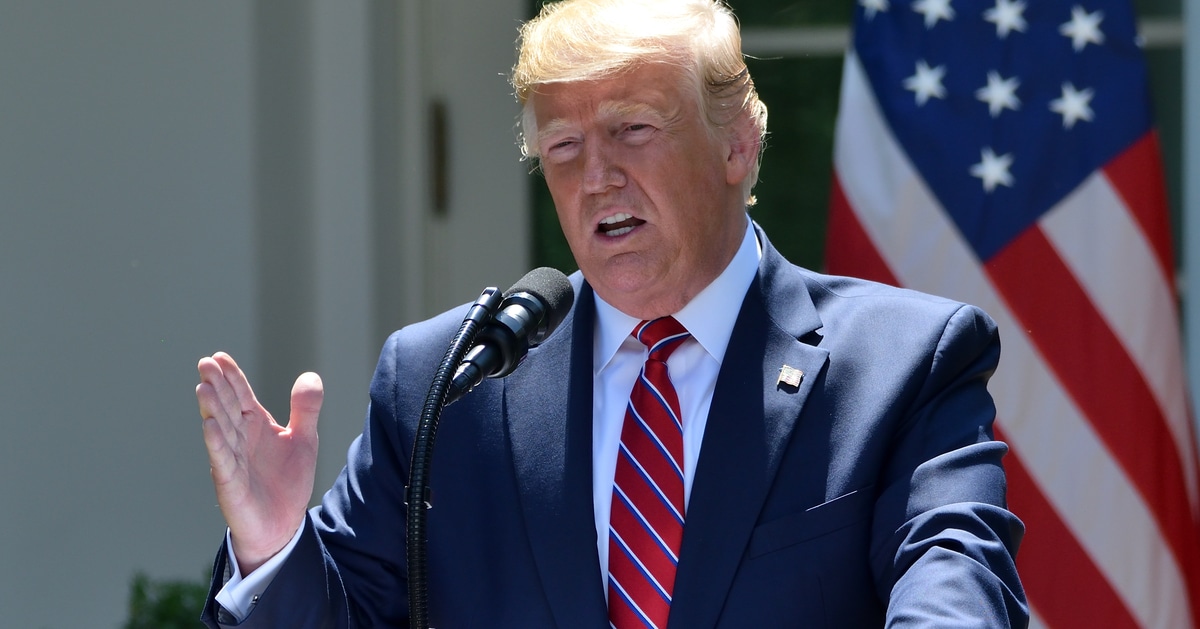

Portland’s streets erupted in chaos Wednesday night as federal agents clashed with protesters blocking an ICE facility. Hundreds of masked demonstrators, some waving signs and chanting slogans, tried to halt law enforcement vehicles in a sanctuary city showdown.
Fox News reported that federal agents used rubber bullets, flash bangs, and tear gas to disperse a crowd attempting to block the Macadam Avenue ICE building. This marked the culmination of over a week of protests in Portland, a city proudly wearing its sanctuary status.
Demonstrators, undeterred by prior warnings, escalated tensions by rolling a dumpster to barricade the entrance. Protesters, many donning keffiyehs, marched before sunset with signs proclaiming “Nobody is illegal on stolen land.”
That slogan, dripping with progressive piety, ignores the rule of law while romanticizing open borders. Yet, their actions—disrupting federal operations—crossed a line from free speech to obstruction.
As night fell, the protest turned volatile, with smoke grenades lobbed at riot police. “Protect immigrants and refugees,” read another sign, a noble sentiment twisted into justification for lawlessness. Federal agents, clad in riot gear, issued repeated warnings before advancing on the defiant crowd.
Tear gas clouded the air, forcing protesters to scatter as non-lethal munitions echoed through the streets. Homeland Security later confirmed the area was cleared to ensure safe passage for government vehicles. The protesters’ refusal to disperse left authorities with little choice but to act decisively.
Two arrests highlighted the night’s chaos: Eduardo Diaz, 22, cited for aiming a laser at federal officers, and Mariana Rivera-Loza, 19, nabbed for criminal trespass while carrying a shield.
Portland Police Bureau, distancing itself from immigration enforcement, focused solely on public safety. Total arrests remain unclear, but the message was sent: lawlessness won’t be tolerated.
After retreating, protesters chanted “Whose streets, our streets,” a rallying cry that rings hollow when public safety is at stake.
Their defiance, while passionate, disrupted a federal facility’s operations in a city already strained by unrest. Portland’s sanctuary policies may fuel such protests, but they don’t excuse endangering others.
The use of non-lethal force, while jarring, was a measured response to a crowd ignoring lawful orders. Critics will decry the agents’ tactics, yet protesters’ escalation—barricades, smoke grenades, lasers—demanded a firm hand. Balance matters: free speech is sacred, but so is public order.
Portland’s ongoing ICE protests reflect a deeper divide over immigration policy. Sanctuary cities, like Portland, often shield unauthorized migrants, fueling tensions with federal authorities. These clashes aren’t just about one night—they’re a microcosm of a nation wrestling with borders and laws.
The protesters’ signs and keffiyehs signal a broader progressive agenda, one that equates immigration enforcement with moral failure.
But their rhetoric sidesteps the complexity of legal immigration systems strained by unchecked inflows. Empathy for migrants shouldn’t mean abandoning accountability.
Federal agents, tasked with upholding immigration law, faced a hostile crowd unwilling to compromise. The dumpster barricade and smoke grenades weren’t peaceful gestures—they were provocations. Authorities, under pressure, restored order without lethal force, a restraint progressives rarely acknowledge.
Portland Police Bureau’s limited role underscores the federal-local divide in sanctuary cities. While PPB avoided immigration enforcement, their arrests show a commitment to public safety over ideological purity. This nuance often gets lost in the fog of tear gas and slogans.
The night’s events, while chaotic, highlight the cost of unchecked protest. Blocking federal facilities doesn’t advance dialogue—it deepens mistrust. Protesters may feel righteous, but their tactics alienate those who value law and order.
Homeland Security’s silence to Fox News Digital’s inquiries leaves questions unanswered about the operation’s scope. Yet, the video evidence speaks volumes: a crowd pushed too far, and agents responded with force short of deadly. That’s a balance worth noting in a polarized age.


